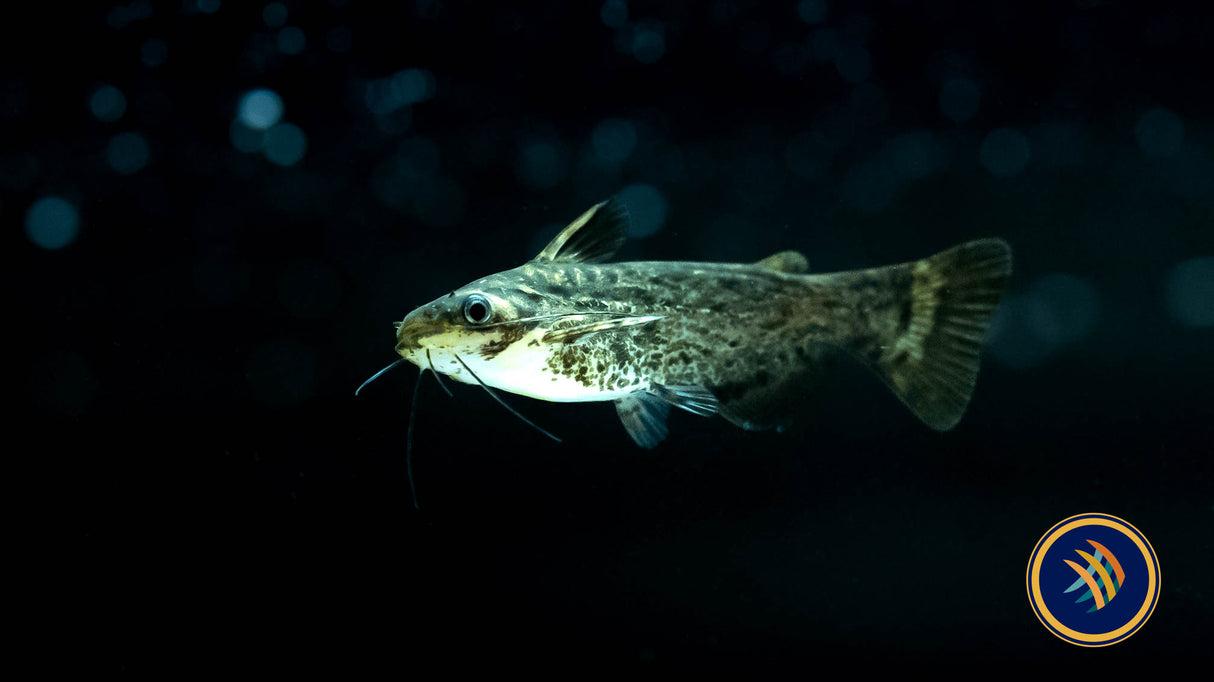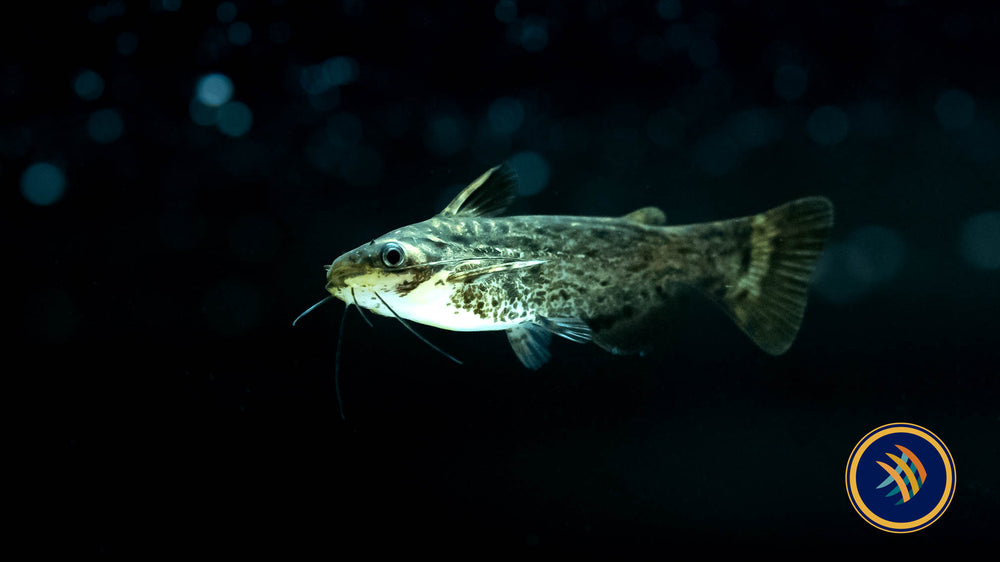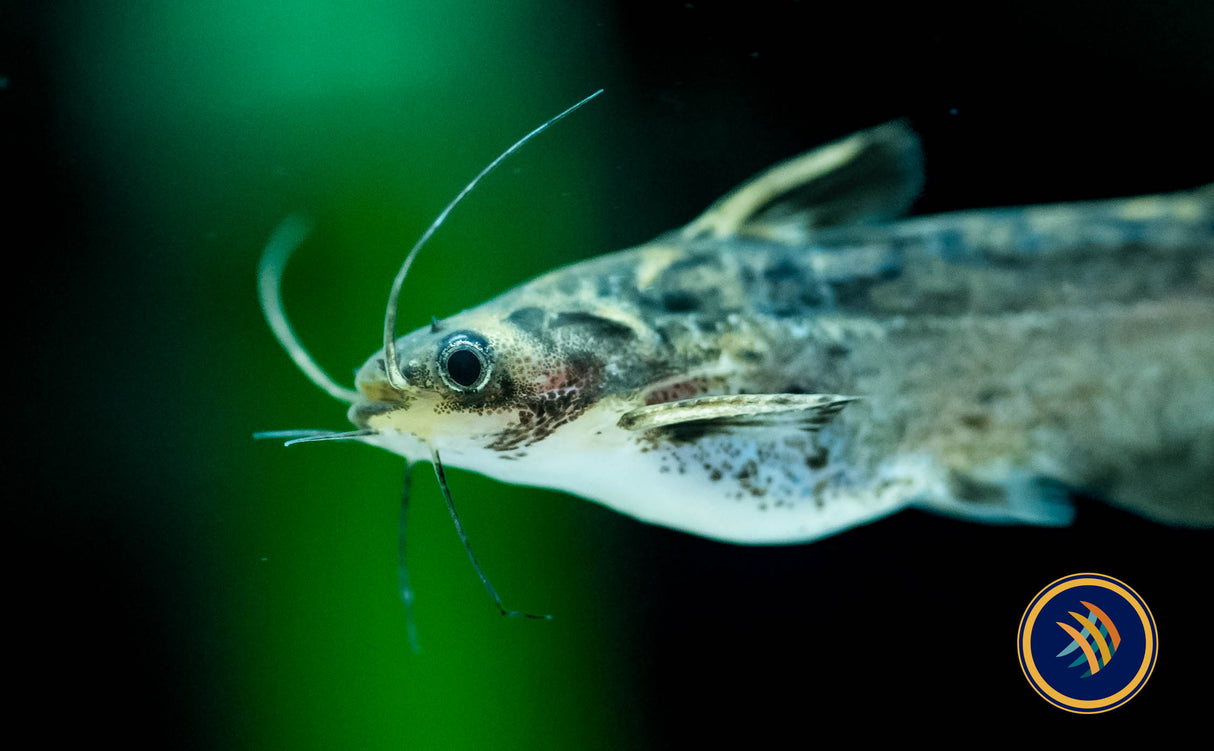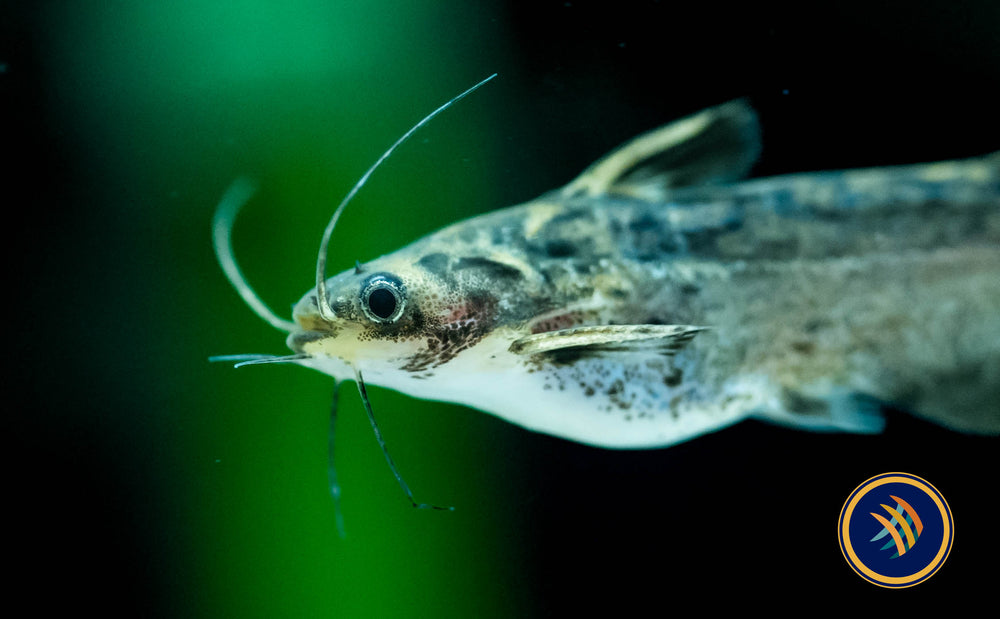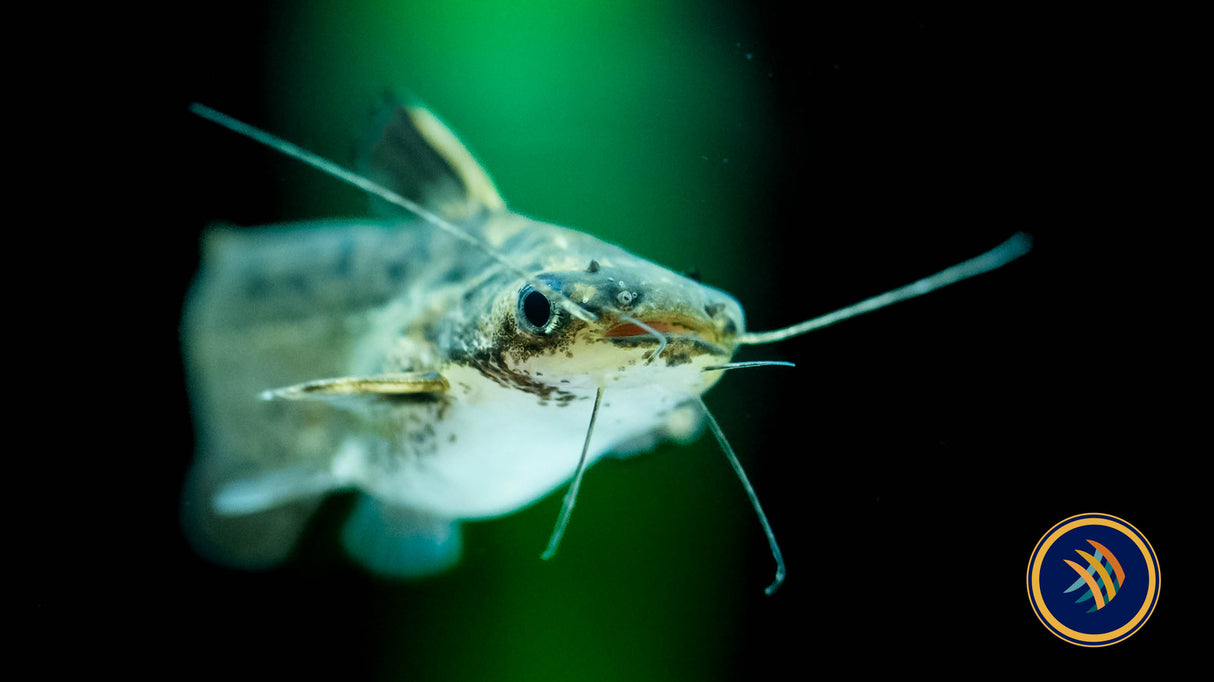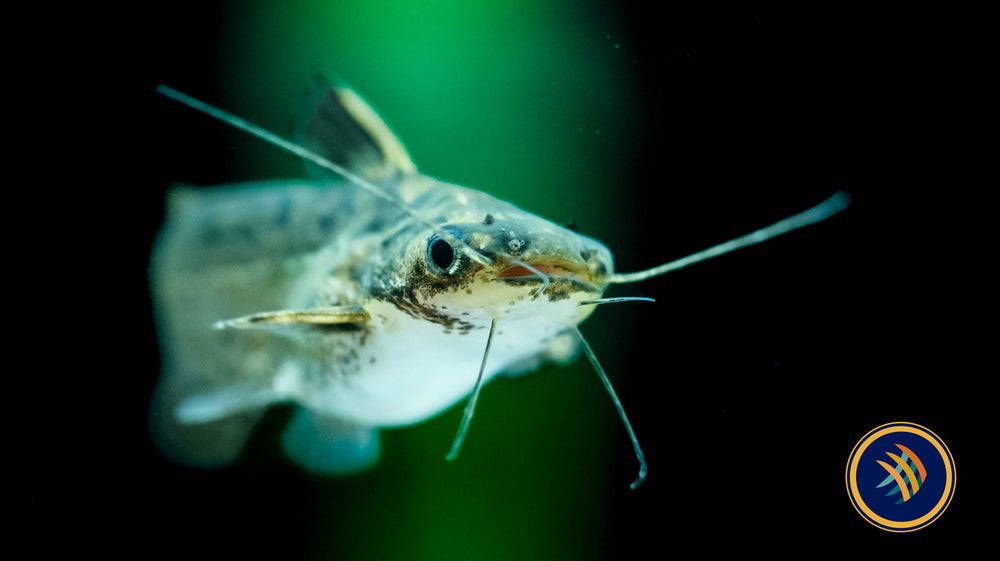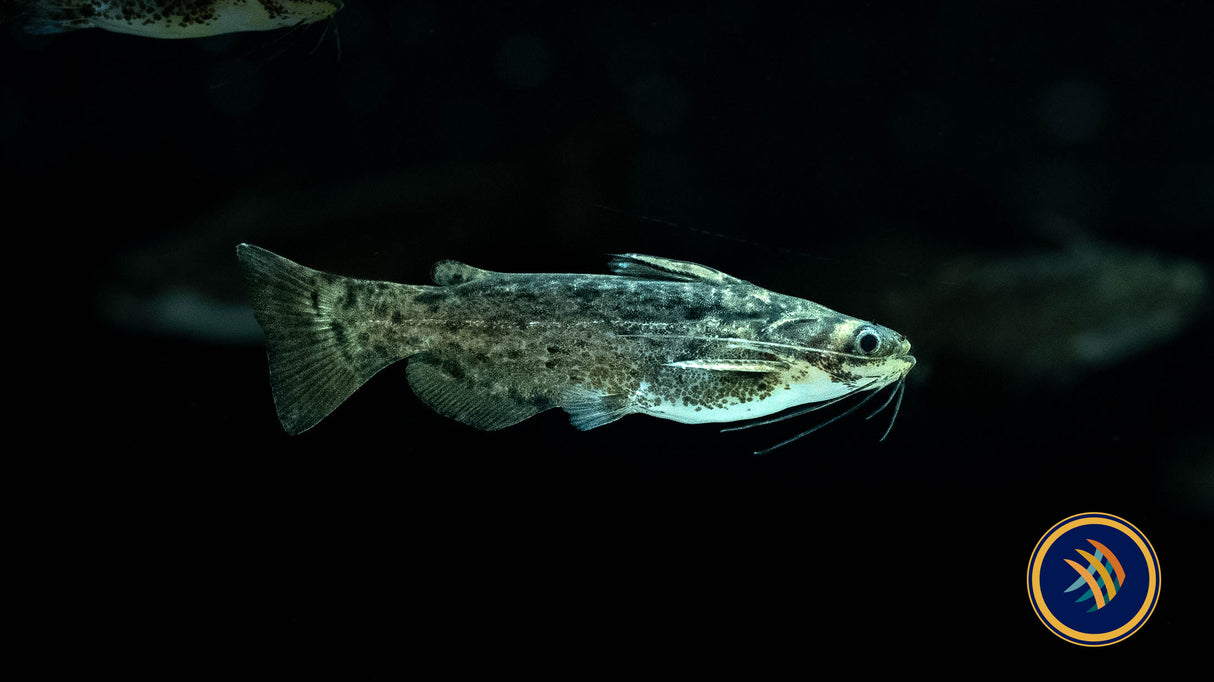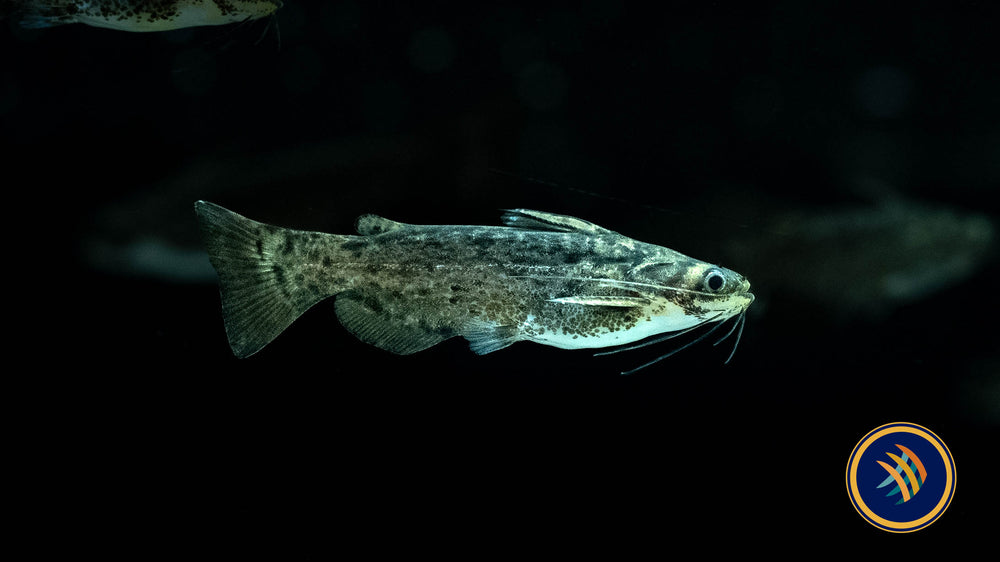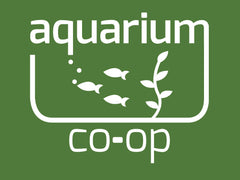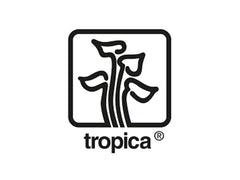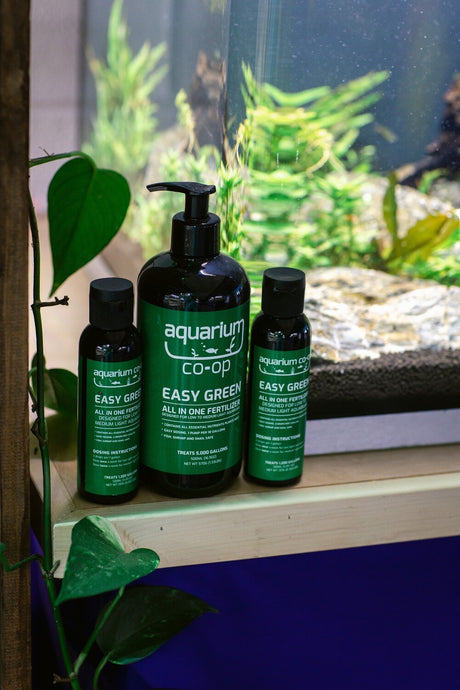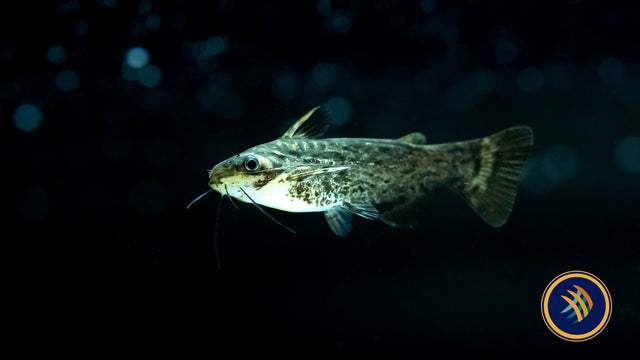Colombian Wood Catfish (trachelyopterus fisheri)
Colombian Wood Catfish (trachelyopterus fisheri) is backordered and will ship as soon as it is back in stock.
Delivery and Shipping
Delivery and Shipping
Product Refunds & Returns
- Returns can be processed within 14 days from purchase.
- To return products, they must be in original condition
- Shipping expenses are not refundable
- If your items have been damaged in shipping, please contact us within 24 hours of receipt with photos, and we will assist you.
Livestock Refunds, Returns, & Surrenders
- If you are unhappy with your livestock for any reason, you can bring it back within 72 hours for a full refund; we do not pick up returns
Colombian Wood Catfish (trachelyopterus fisheri)
Description
Description
Colombian Wood Catfish (Trachelyopterus fisheri).
-
Temperature: Most catfish, including many species found in Colombia, prefer tropical temperatures ranging from 72 to 80 degrees Fahrenheit (22 to 27 degrees Celsius). Ensure a stable temperature within this range to keep them comfortable and healthy.
-
Minimum Size Tank: The tank size depends on the size and number of catfish you plan to keep. Generally, a minimum tank size of 30 gallons is recommended for a small group of catfish. Larger tanks are preferable if you plan to keep more individuals or have a community tank.
Feeding Habits: Catfish are generally omnivores, and their diet can include sinking pellets, flakes, frozen or live foods like worms and brine shrimp. Provide a varied diet to ensure they receive the necessary nutrients.
Habitat Preference: Colombian Wood Catfish may appreciate an aquarium setup that mimics their natural habitat. This could include driftwood, rocks, and plants. They may also appreciate hiding spots like caves or crevices.
Water pH Level: Catfish, in general, prefer slightly acidic to neutral pH levels. Aim for a pH range between 6.5 and 7.5. Regular water testing and adjustments can help maintain stable conditions.
Behavior: Catfish are often nocturnal and may be more active during the night. They are typically peaceful fish but can be territorial, especially during breeding. Providing hiding spots and maintaining a peaceful community can help reduce stress.
Some catfish species are known to be social and may form loose groups, while others are more solitary. Research specifically on Trachelyopterus fisheri would be beneficial to understand their social behavior.
Many catfish, including wood catfish, are bottom-dwellers. They may sift through the substrate in search of food, so a soft substrate is often recommended to prevent injury to their barbels.
Color and Other Details: Coloration can vary among individuals and may change based on factors such as mood, health, and age. Specific details on the coloration of Trachelyopterus fisheri would require more targeted research or consultation with experienced aquarists.
Always remember that individual fish can have unique preferences and behaviors, so monitoring their behavior and adjusting tank conditions accordingly is crucial for their well-being.
Specifications
Specifications
-
CategoryCatfish
-
Species TypeDriftwood Catfish
-
Water Temperature
-
Minimum Tank Size30 Gallons
-
Water pH LevelAcidic, Neutral
-
Habitat PreferenceRocky Tanks, Hiding Spots, Driftwood, Planted Tanks
-
BehaviourSemi-aggressive, Community Fish, Bottom-Dwelling, Nocturnal
Payment & Security
Payment methods
Your payment information is processed securely. We do not store credit card details nor have access to your credit card information.

